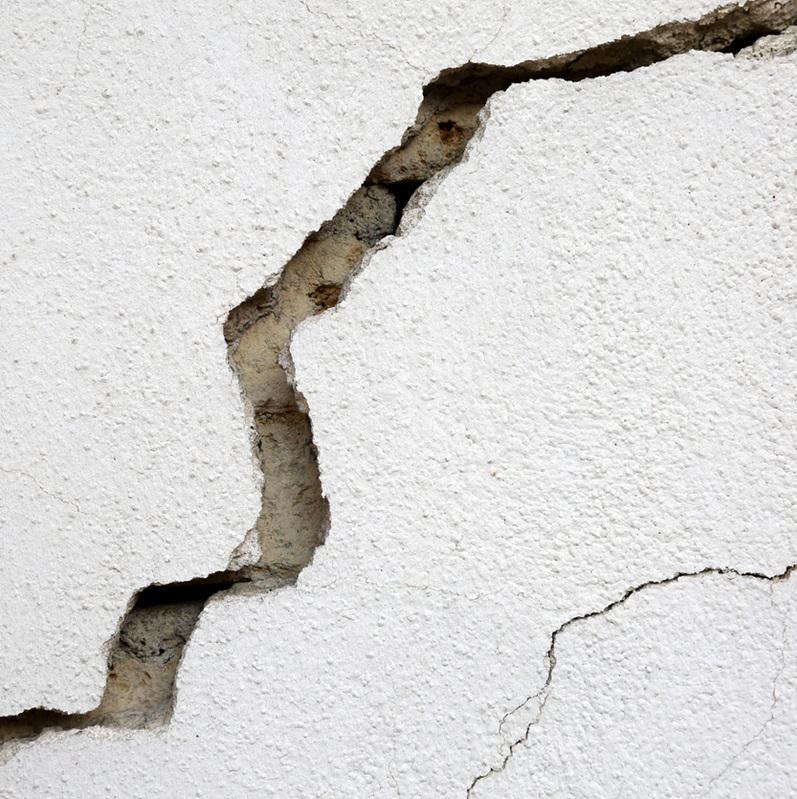Warning Signs of Structure Instability

Last month, a Connecticut town was devastated when a historic church collapsed. Without warning, the steeple and roof came crashing down. Fortunately, no one was injured, but the New London church built in 1850 was a total loss, with speculation continuing about the exact cause of the collapse.
Then, just a few weeks ago, a woman died after concrete and bricks fell from an entryway of a building in the Bronx. She was on the steps shoveling snow at the time of the collapse, which was so strong, that it dented the staircase railing and pushed out the fence in front of the property. The property owner was issued violations for failing to maintain the 120-year-old building.
It was just one year ago this month that part of a building façade collapsed on a woman walking in Center City, Philadelphia. A concrete slab hit the 30-year-old woman in the head, sending her to the hospital in critical condition. The site had a history of building violations, which implies that this could have been prevented had action been taken.
If you live or work in an older property, how can you determine if there is a structural danger? A recent article in Nola.com outlined the warning signs.
- Look for cracks. Builders who used beach sand inadvertently added salt to their concrete mixes. That sped up the erosion of the concrete due to its higher salt content. Look for cracked or crumbling concrete that could be a sign of disintegration. Cracks in walls, window frames, and floors also can be signs of serious damage. Look for those that are larger than “hairline.” They can be caused by a shifting of the foundation.
- Look for stains or missing sections of concrete. As the cracks widen, the concrete becomes soft on the surface. Then it starts falling out in chunks, a process known as spalling. When the concrete is eaten away, water can reach the steel reinforcement bars, weakening them. If you notice dark brown stains, that means the steel reinforcement bars are also corroding.
- Look for uneven walls or floors. Pay attention to a floor that is sunken or uneven, and walls that are bowed out. Be aware of gaps between walls and ceilings or walls and floors. All of these can indicate problems. Cabinets and doors that swing open could be an indication of an uneven structure. Cupboards that are coming loose from drywall are an issue, as are porches and balconies that become separated from the main structure.
- Take action. Some cracks are a result of normal settling, but it’s a good idea to follow up on any potential warning signs and take action if needed. Be wary of companies that begin work without conducting a thorough analysis. They could be feeding off your fear, noted the authors.
If you or a loved one are a victim of a building collapse in the Philadelphia area, and you believe there was negligence involved, contact a top Philadelphia premises liability attorney to discuss your legal options.

